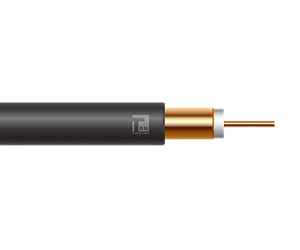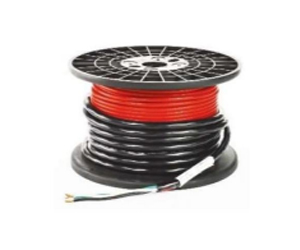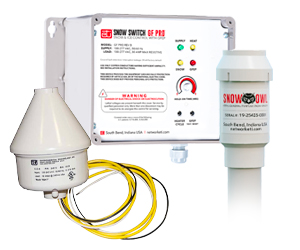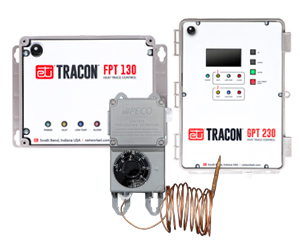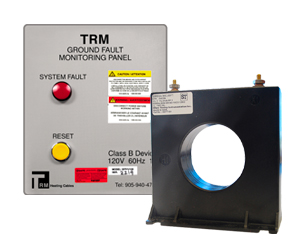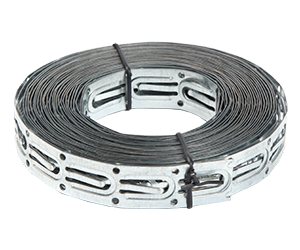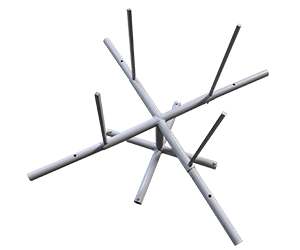SNOW MELTING
When an area must remain free of ice and snow no matter what, an embedded electric heating cable is the best solution. The one-time installation requires replacing the need for salt, chemicals and physically laborious removal practices.

TRM options are suitable for residential, commercial, and industrial slab snow melting and de-icing applications in various areas:
- Ramps
- Parking lots
- Stairs and landings
- Walkways
- Egresses
- etc.
A TRM snow melting system consists of:
- Embedded heating cables
- Control systems and sensors
- Components and accessories
When these embedded heating cables are activated, they work silently to heat up the slab to a temperature that is conducive to melt snow—at which point, any precipitation accumulating above the slab turns to liquid and flows to an appropriate drain location.
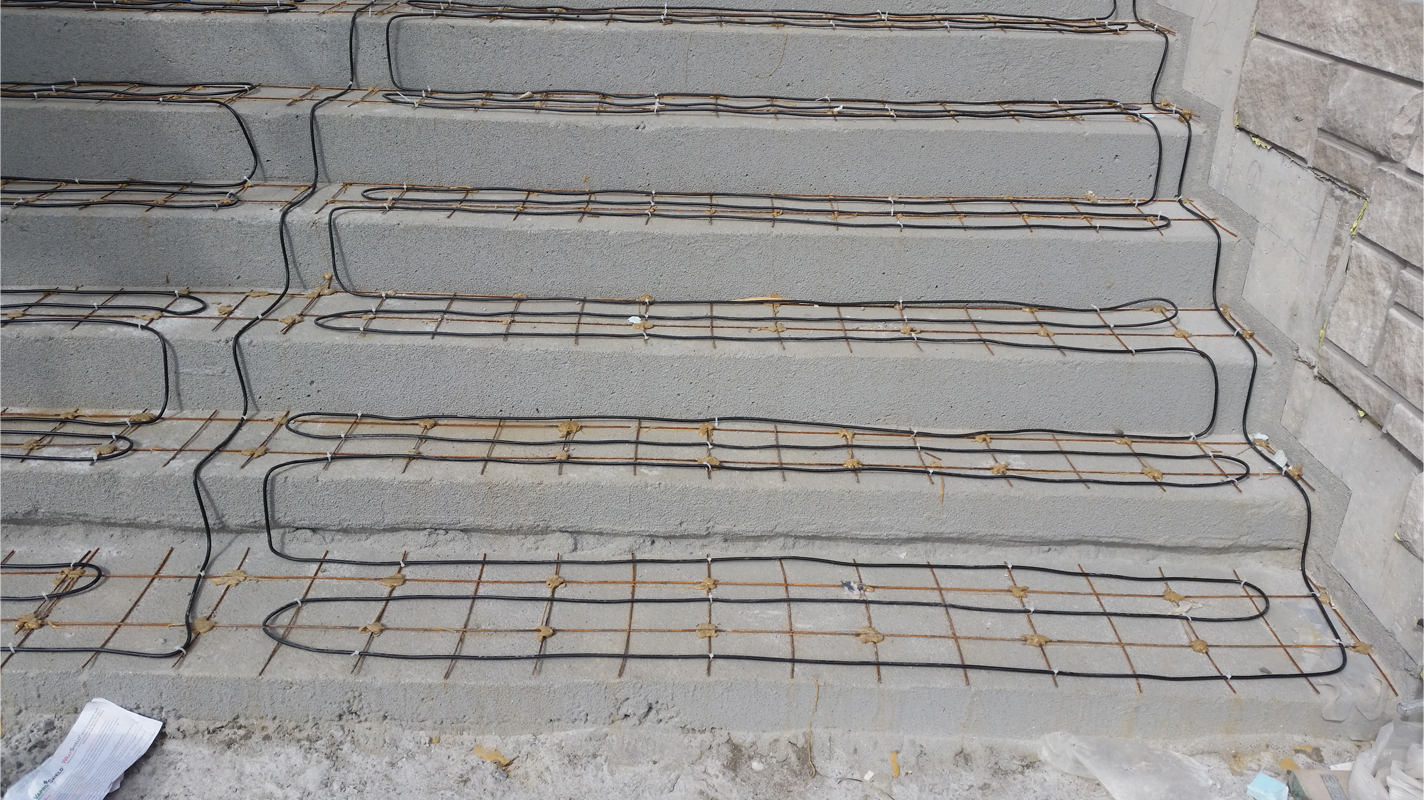
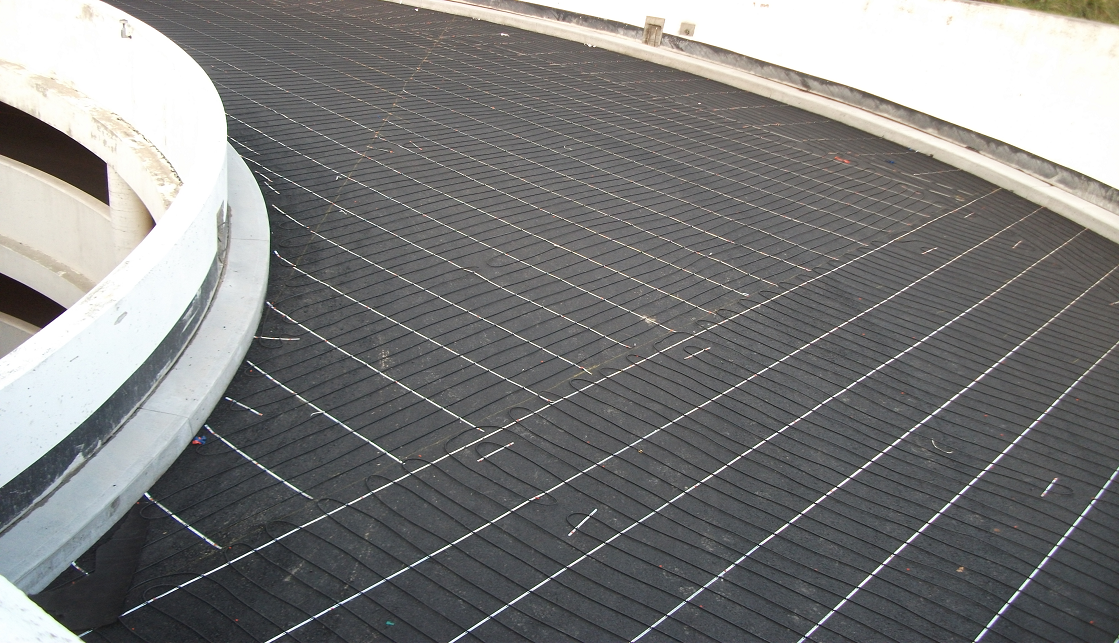
Parameters
TRM snow melting parameters are based on ASHREA standards specific to your geographical area, and are designed to suit specific cross sections that vary based on your final topping material. This ensures each and every TRM system is designed with the right products and appropriate cross sections for the intended application. Then, we install it to provide a high-quality, long-lasting solution that performs as expected.
Our qualified team at TRM can help you assess and design a snow melting system, including controls and sensors, that will meet and exceed your expectations.
Don’t forget
Before a heavy snowfall, PRE-HEAT your snow-melt systems!
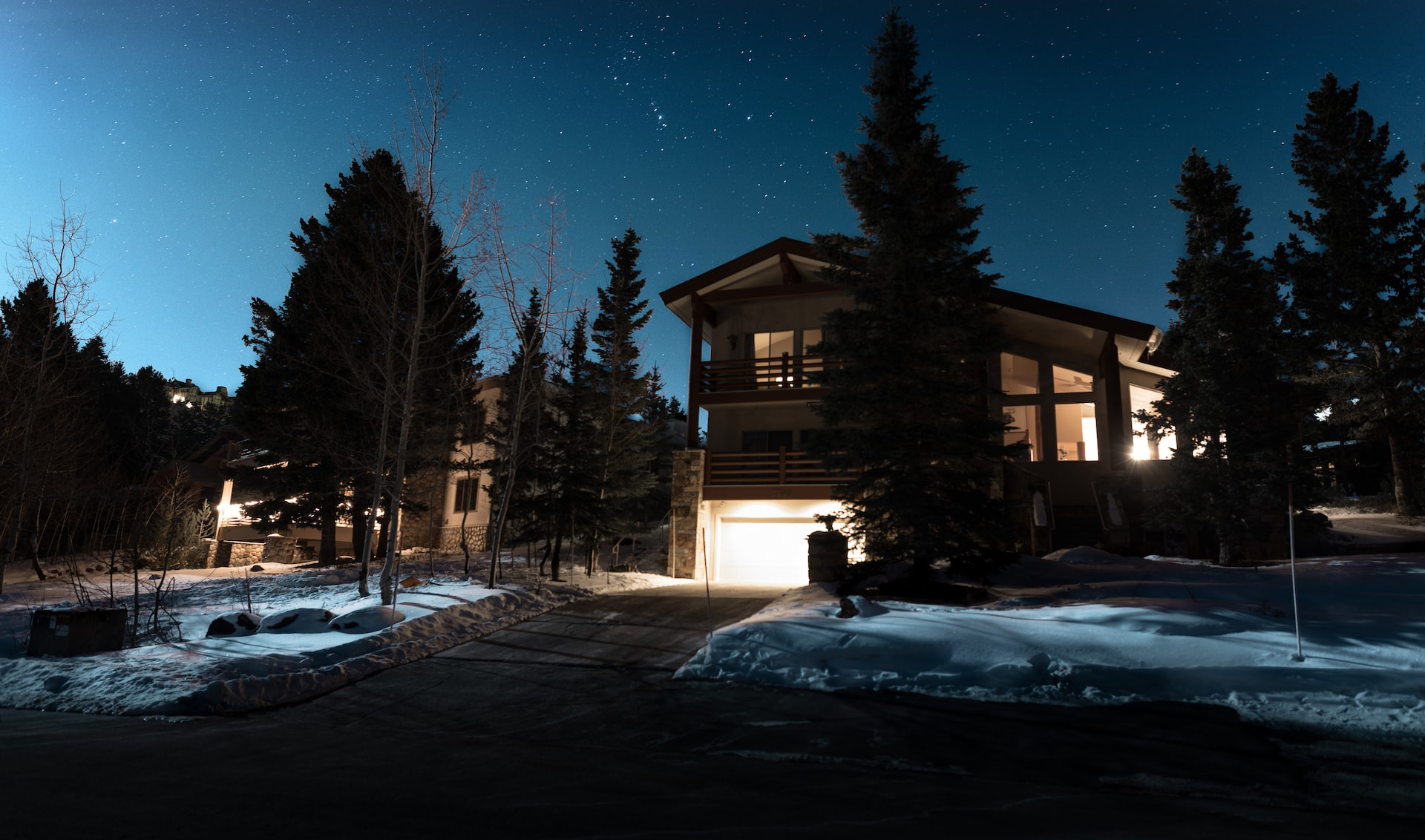
Related Products
FAQ
Where can electric snow melting cables be installed?
TRM snow melting systems can be installed in ramps, driveways, walkways, stairs, landings and many other locations where the heating cables can be embedded in an appropriate medium. We are proud to offer products that are suitable for residential, commercial, and industrial snow melting, which can be directly embedded in concrete, mastic, and asphalt, as well as in a compacted sand base beneath pavers.
Once installed, the heating system operates silently to melt and remove ice and snow accumulations, eliminating the need for chemicals or physically laborious removal practices.
How much will a snow melting system cost to run?
A snow melting system will cost approximately $1.50 per square foot to operate for a winter season in the GTA. This is based on an approximate cost of 7 cents per kW hour of power consumption, and an approximate 600 hours of snowfall that the system would be active for. This estimate is based on:
- Automatic control of the system
- Average amount of winter precipitation
- No manual intervention of system (i.e. turning system on or off at any given time)
Please note: This is a very rough estimate as local energy charges and average snow fall will vary.
Who can install my heating cable?
TRM recommends that snow melting system installations are carried out by qualified and experienced personnel to ensure the site conditions and installation practices are appropriate for the materials being worked with. All materials come complete with step-by-step installation instructions and direct phone support from TRM. All electrical installations should be performed by a qualified electrician to meet all local codes and by-laws, as well as obtain any electrical permits prior to installation.
Do I need a control for my snow melting system?
Yes, TRM snow melting products output a constant wattage (heat) when connected to an appropriate power source, which means they will continue to generate heat unless the power supply is interrupted. TRM has a vast range of snow melting controls to choose from, each having different features and benefits. Let our team help you assess your project scope and determine the most appropriate control options available.
Do I need Ground Fault Protection on my snow melting circuits?
Yes, Ground Fault Protection (GFI) is required by local electrical codes and by-laws. Some controls offer GFI as a built-in feature, while other controls that do not have GFI protection built in would need to be utilized in conjunction with appropriate GFI breakers. For more information, contact your local electrical contractor or inspector.
Do I need to insulate below my snow melting system?
No, snow melting systems are designed based on ASHREA standards for the given installation area and medium being heated. However, insulation can improve the efficiency and performance of the heating system, so it is most certainly approved when installed using the appropriate embedding cross section.
Where should I mount my junction box?
Your junction box must be situated in a dry, above grade location that is accessible following the completion of your work. Junction boxes MUST NOT be recessed below grade.
How large should my conduits from the slab to the junction box be?
TRM’s MI heating cables are single conductor, with two cold leads that are complete with two ¾” NPT glands to terminate the units safely into your junction box. We strongly recommend that your conduits are sized at 2” or greater for each snow melting cable that you are installing.
Can I cut my MI heating cable to shorten it if I have too much cable?
No, MI Heating cables are manufactured at fixed lengths. Our cables are CSA-tested, factory-approved, series-resistant style, and designed to suit your specific application. Cutting a cable would have severe impacts on your cable wattage output and amperage draw. Shortening cables is not appropriate and you MUST NOT cut your MI snow melting cable. If you think you have too much cable, please call TRM for layout assistance or further guidance.
How long can you make cold leads for my cable?
Our standard length of cold leads is 15’. If you require longer cold leads, please contact TRM to review your request and project to assess cold lead extension feasibility. In theory, cold leads can be made to any length, but we strongly recommend installing your junction box within 10’ of the heated slab to avoid very challenging or, in some cases, impossible installation work.
How do I know what spacing to install my cables at?
The calculation for determining the spacing of your heating cable in inches is Area in Square Feet (A) x 12 (to convert to inches) / length of cable, i.e. 100 square feet x 12 / 200’ of cable = 6” spacing.
Cables should always be installed a minimum of ½ your spacing away from the extents of the heated area. Heat will bleed a minimum of 3” away from each cable run, i.e. since cable spacing is 6”, you would install your first run of cable 3” away from the extents of the heated area.
Can I overlap or cross runs of MI cable? Or can I install heating cable above cable cold leads?
No, this would lead to improper embedding, overheating of cables, and premature non-warranty related failure of cables. NEVER overlap MI cables under any circumstances.
Can an MI heating cable be repaired?
Yes, TRM MI heating cables are built to last. However, should the need arise, they are easy to test, fault-locate, and repair to avoid any costly downtime in the future. TRM is proud to offer MI heating cable repair services within the GTA and GVRD.
Is there any maintenance to this type of snow melting system?
No, once the snow melting system is properly installed, no annual maintenance is required.
Are electric snow melting systems safe?
Yes, TRM electric snow melting products have undergone rigorous testing, and are CSA-approved to ensure they are safe and will perform as expected for years to come.


